Did some logging today
15 years ago
Related Stories
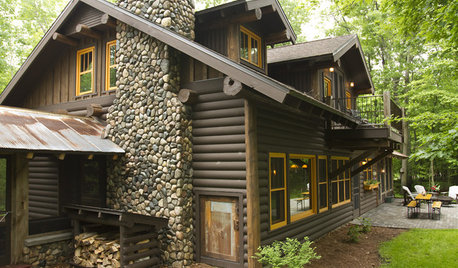
ARCHITECTUREStyle 101: The Birthplace of Today's Rustic Look
A look back to the beginning of cabin and lodge design can help you decide on a rustic look for your home today
Full Story
BUDGETING YOUR PROJECTHouzz Call: What Did Your Kitchen Renovation Teach You About Budgeting?
Cost is often the biggest shocker in a home renovation project. Share your wisdom to help your fellow Houzzers
Full Story
VALENTINE’S DAYTell Us: Why Did You Fall in Love With Your House?
What was it about your house that made your heart flutter? Share your photo, and it could make the Houzz homepage
Full Story
ARCHITECTURERoots of Style: Where Did Your House Get Its Look?
Explore the role of architectural fashions in current designs through 5 home styles that bridge past and present
Full Story
FUN HOUZZDouble Take: Did That Chair Come From a Ski Lift?
Clever homeowners find ways to repurpose chairlift seats indoors and out
Full Story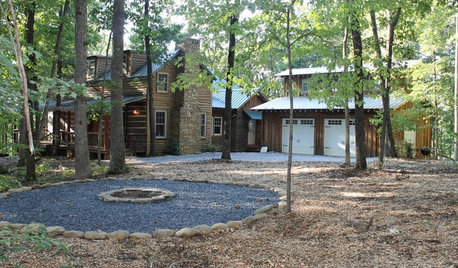
HOUZZ TOURSHouzz Tour: Legacy Lingers in a Historic Log Cabin
Built in 1809 and remodeled for today, this Georgia cabin has both a history and a place in the lives of future generations
Full Story
DECLUTTERING10 Types of Clutter to Toss Today
Clear the decks and give the heave-ho to these unneeded items
Full Story
MIDCENTURY STYLEHow to Get Midcentury Modern Style Today
Use the building blocks of midcentury modern design to create a new version for your own life and style
Full Story
EXTERIORSCurb Appeal Feeling a Little Off? Some Questions to Consider
Color, scale, proportion, trim ... 14 things to think about if your exterior is bugging you
Full Story
PRODUCT PICKSGuest Picks: Hippie-Chic Style for Today's Pads
Anyone is free to love these updated home accessories with doses of earthiness and dashes of wit
Full StorySponsored
Franklin County's Full Service, Turn-Key Construction & Design Company



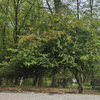
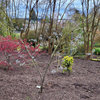
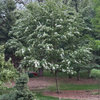
spruceman
wisconsitomOriginal Author
Related Discussions
Should a newly rebuilt Log Splitter's hydraulic cylinder leak
Q
Did some summer sowing today
Q
Did some pruning today
Q
Did some repotting today
Q
greenman28 NorCal 7b/8a
klavier
wisconsitomOriginal Author
spruceman
wisconsitomOriginal Author
l_james
lpptz5b
spruceman
davidandkasie
klavier
spruceman
brandon7 TN_zone7
wisconsitomOriginal Author
terrene
wisconsitomOriginal Author
botann
brandon7 TN_zone7
spruceman
wisconsitomOriginal Author
spruceman
lpptz5b
terrene
spruceman
spruceman
terrene
spruceman
wisconsitomOriginal Author